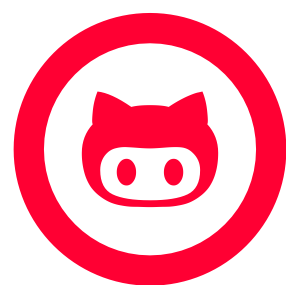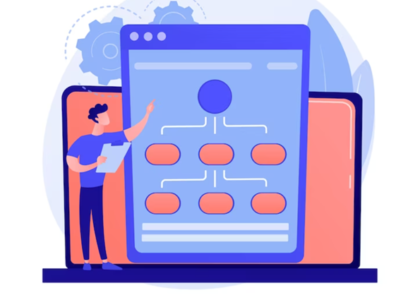There are many ways to measure the popularity of a programming language, from the amount of code written in it to the number of job vacancies and training programs. To understand which programming language is the most popular, you can look at the authoritative rankings of the language popularity.
It should be noted that no ranking can show exactly which programming language is the best, because each language is designed to solve certain problems. And although with the help of ratings we will not determine the best language, we will be able to understand the dynamics of their development and demand in the market. This is especially important for IT consulting U.S.A. companies that should be on the cutting edge in order to provide the best software development services.
One of these rankings is the TIOBE index. It takes into account the number of developers, courses, and articles in a particular language around the world. To calculate the position in the ranking, they use data from popular search engines and sites: Google, Bing, Wikipedia, YouTube, and others. The rating results are published every month.
Python is the leader
In the September ranking, Python continues to hold the top position it first took back in October 2021, surpassing Java and C. Previously, the company recognized Python as Language of the Year in 2021, 2020, 2018, 2010, and 2007. The authors emphasize the universality of the language — it is suitable for solving almost any problem. The exception is embedded systems with the highest security requirements, for which Python is not suitable due to the use of dynamic typing and slowness (meaning the relatively slow execution of instructions by the interpreter). For such cases, the faster C and C++ languages are more appropriate.

In September 2022, Python gained 4% popularity compared to August and registered a record market share of 15.74%. By the way, also in 2022, Python has become one of the most commonly used tools for developing financial applications and stock exchange algorithms.
The top 10 programming languages according to TIOBE
- Python, market share – 15.74%
- C, 13.96%
- Java, 11.72%
- C++, 9.76%
- C#, 4.88%
- Visual Basic 4.39%
- JavaScript, 2.82%
- Assembly, 2.49%
- SQL, 2.01%
- PHP 1.68%
C continues to be widely used despite its venerable age (it was developed in the early 1970s) and complexity compared to newer languages. Alternately with Java, it was C that led the TIOBE rating for years — now it is in second place. The language is often cited as the best for embedded systems and the Internet of Things. In addition, sometimes it is advised to study it to find out how the code works from the inside. Higher-level languages hide logic behind abstractions, which speeds up development, but does not allow you to understand what is happening under the hood.
The rating of Java is gradually declining. In January 2022, it received the worst indicator since 2001. However, the language is still at a high position — 3rd place. It is used by 9.6 million developers around the world, mainly for creating mobile and desktop applications.
C++ is also among the leaders, on the 4th position. Like C, it is close to low-level languages, but somewhat expands the capabilities of the previous one. For example, C++ is object-oriented, while C only supports a procedural approach. Now C++ is also used mainly in embedded and IoT development.
JavaScript continues to be one of the most widely used languages for the web, both on the frontend and backend. JavaScript is the most popular language by the number of users, with 16.4 million developers working with it, according to SlashData.
C# was created by Microsoft, which is why it is especially popular in combination with the .NET framework for developing solutions running on Windows. And the popularity of this OS determines the demand for the language. It is also important for AR/VR and the gaming industry. C# is the most common technology for working with Unity.
The PHP rankings are slowly declining, but generally remain stable. The peak of popularity was in the 2000s, and now other languages are more frequently chosen for backend development. The language is often considered one of the easiest to get started with due to its clear syntax, ease of integration with the WEB, and not very strict rules (developers have more freedom on how to write programs).





